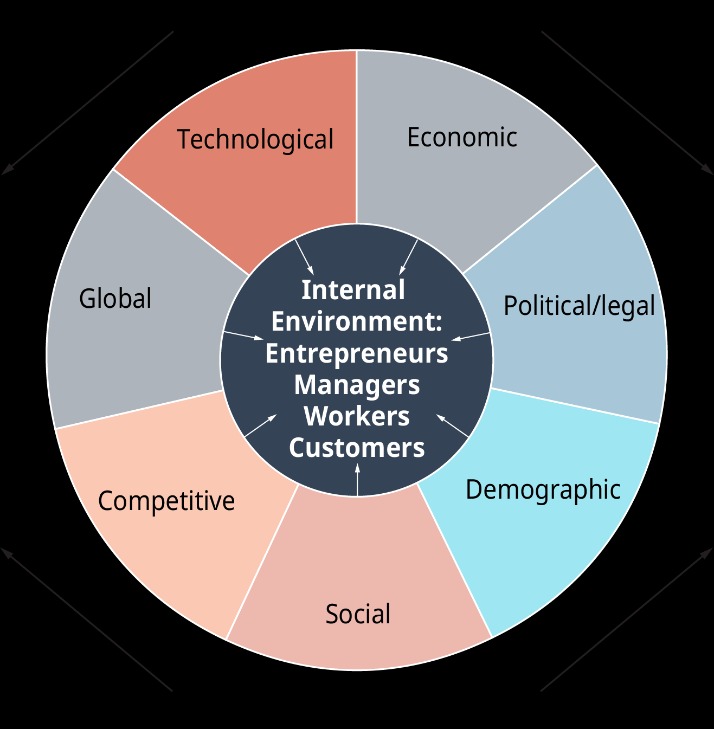
I used to be a content writer for a small web design agency, and my first piece was about website design best practices. Interestingly, a study found that even if you have a perfectly functioning website, bad web design will make your users feel it’s harder to use. So a good web design not only affects usability but also our perception of usability. You have to make sure your business has both aspects set up optimally, which is where web design best practices come into the picture. Webnode’s professionally designed website templates incorporate the best practices and principles of web design. From clean-cut blogs to e-shops designed to convert, our website templates effortlessly combine the essential functionality and captivating aesthetics of modern web design.
It’s better to switch out large elements that take a long time to load for smaller elements that take up fewer server resources. This is the case even if you think the larger element looks better. At MailerLite, we use images of our team across our website and blog. The people who work at our company are unique to us, so using these images helps our website stand out. Here are 4 brands that have done a great job of creating websites that look great and are instantly recognizable. Using accordion FAQ blocks to add expandable content is an easy way around this.
- I terms of learning, practice makes perfect and you should not concern yourself with too many things.
- Both buttons catch the shopper’s attention and make it easy for them to see how to add the product to their cart or to pay with PayPal.
- The screenshot of the Notion homepage below shows this theory in action.
- In addition, make sure your external links open in new tabs and that you aren’t using text that’s too small to read on mobile.
- MailerLite’s website builder automatically ensures that your website and landing pages look great on all devices.
- Using accordion FAQ blocks to add expandable content is an easy way around this.
Learn More:
Your CTA is what drives users to take the next step, whether that’s making a purchase, signing up for a newsletter, or contacting you for more information. These elements not only build trust but also demonstrate your success stories, showing potential clients the real-world benefits of your products or services. When it comes to web design for small business, one of the most powerful tools at your disposal is customer testimonials and case studies. Without a call to action (CTA) button, your audience won’t know how to proceed in the buyer journey. You must create CTA buttons that pop off the page, so your audience doesn’t miss them. In this example from Igloo, you can see that the blue CTA button stands out on the page, as well as the yellow button to pay with PayPal.

When it comes to web design for small business, focusing on local SEO and geo-targeting can significantly boost your visibility and attract more local customers. Regular maintenance and updates are essential to keep it running smoothly and effectively. Now, you might be wondering, how can you apply this to your own small business?
What are the weakness of a website?
Confusing Navigation, poor mobile responsiveness, and slow loading speeds are just a few of the critical website mistakes that can ruin a site’s effectiveness. Each of these web design mistakes affects user satisfaction and retention. This shows how important good design and functionality are in web development.
Regular Testing and Quality Assurance
Whether it’s a smartphone or tablet, your website will adjust to fit the device’s screen. As a result, you’ll provide a better experience for your audience and keep them engaged on your site. It’s also crucial to monitor how your web-based solution reacts to traffic and assess whether it can manage the expected level of requests. For efficient performance monitoring and optimization, you can use tools like GTmetrix, and PageSpeed Insights.
Make sure your website is mobile-responsive
To reinforce this notion, incorporate your company branding into every element you add, piece of content you post, and color scheme you create. The goal of web accessibility is to make a website that anyone can use, including people with disabilities or limitations that affect their browsing experience. As a website designer, it’s your job to think of these users in your UX plan. To make that happen, consider how you’re using color as well as other elements like background color, surrounding images, and surrounding text. The use of a dropdown menu for the “Blavity” category adds a layer of organization without overwhelming the user with too many options at once. This is a subtle visual cue that helps to guide the user’s navigation.
It’s become standard for the company logo to be placed in the top-left corner of the homepage — that’s where people will first look for it. Avoid centered logos and make sure your logo is clearly visible and distinct from other elements on your homepage. When visitors to those websites want to reach out but have no way of doing so, they’ll take their business to the competition instead. Something as simple as adding a call to action that tells readers what’s expected of them when scrolling through a landing page can increase your conversion rate by 80%. If you manage to answer “Yes” to all of these questions through user testing sessions that go well, your website will have a smooth UX and a user-friendly UI.


